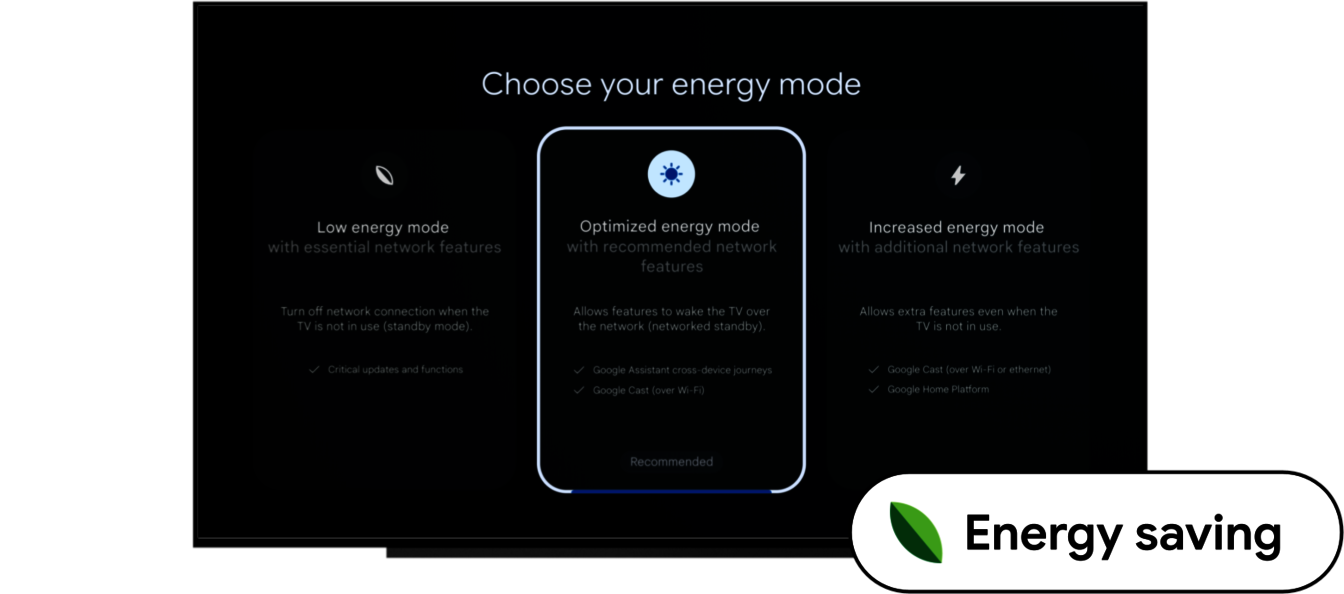At Google I/O last week, Google confirmed a number of upcoming features for Android TV that will be making their way into the next version of that platform.

Android TV is a specialized version of the Android operating system that’s designed for televisions. Although it’s somewhat less streamlined and has less functionality than the Google TV platform (which is based on Android TV), it’s still much more widely used than that alternative, featuring in many of the best projectors on the market, for example, as well as many more affordable TV brands.
The updates to Android TV also gives us a good idea of the new features that will arrive in Google TV itself, so they are something TV and TV app developers will want to pay attention too.
Android TV 14 has been available in beta for a while, and with its official launch at Google I/O, it gains new features including a remote shortcut button, new notifications, energy saving modes, accessibility functions and simpler headphone pairing capabilities.
The new energy modes are designed to give users more control over their TV’s power consumption, and include a “Low Energy Mode” that switches off the network connection when it’s not being used, an “Optimized Mode” that enables the TV to be woken up by an action such as casting content from a device on the same WiFi network, and an “Increased” energy mode that offers a more capable network feature set, for example if the TV is linked to the Google Home smart home platform.
In terms of accessibility, Android TV 14 brings colour correction, more text options and simpler navigation. What’s important is that it’s possible to turn on these new capabilities using shortcut buttons on the remote control.
In addition, Android TV 14 is said to come with a number of performance improvements that Google promises will deliver a “snappier” and more responsive TV experience. Finally, Android TV 14 gains support for picture-in-picture mode, which allows an app to appear in a smaller window on the TV, so users can interact with it without interrupting the content they’re viewing in the main window.